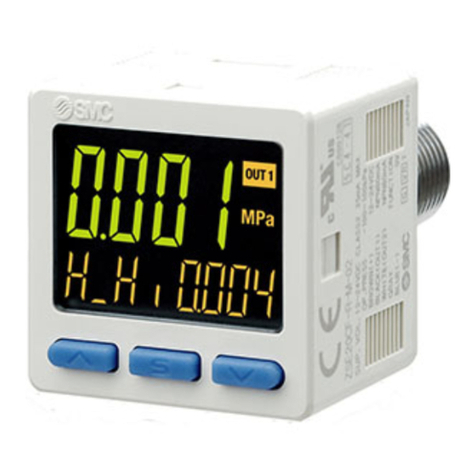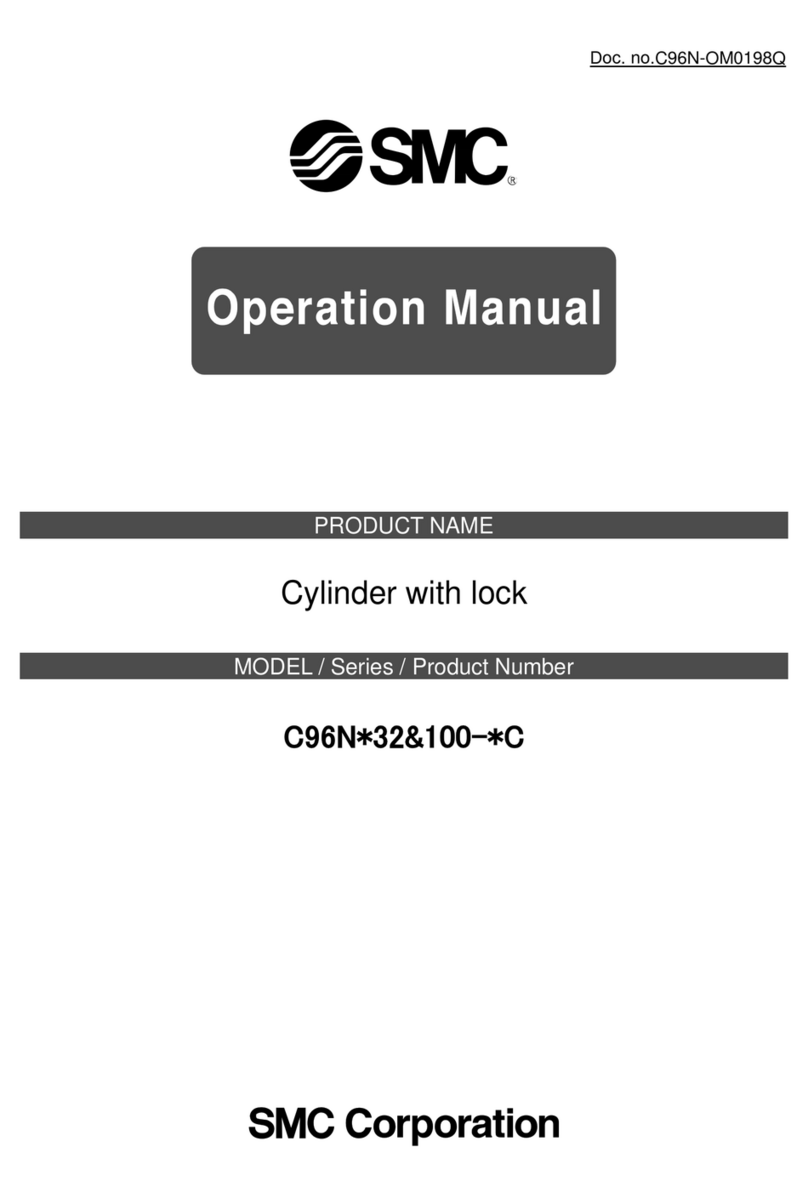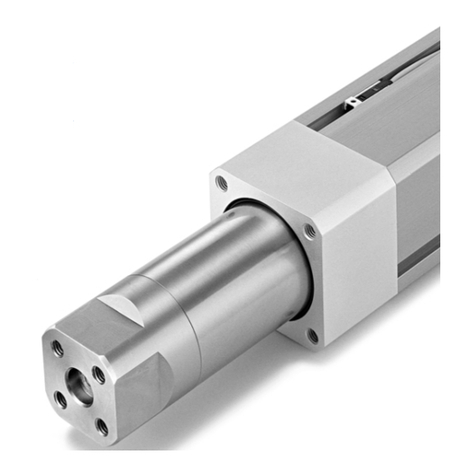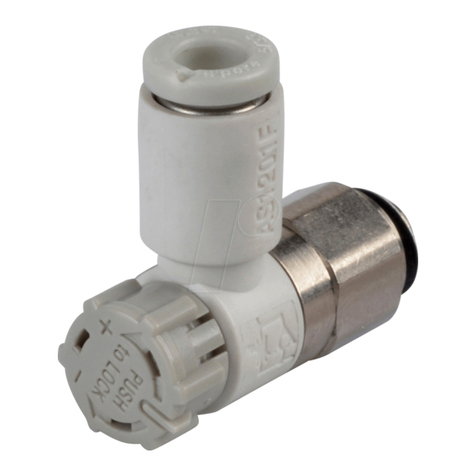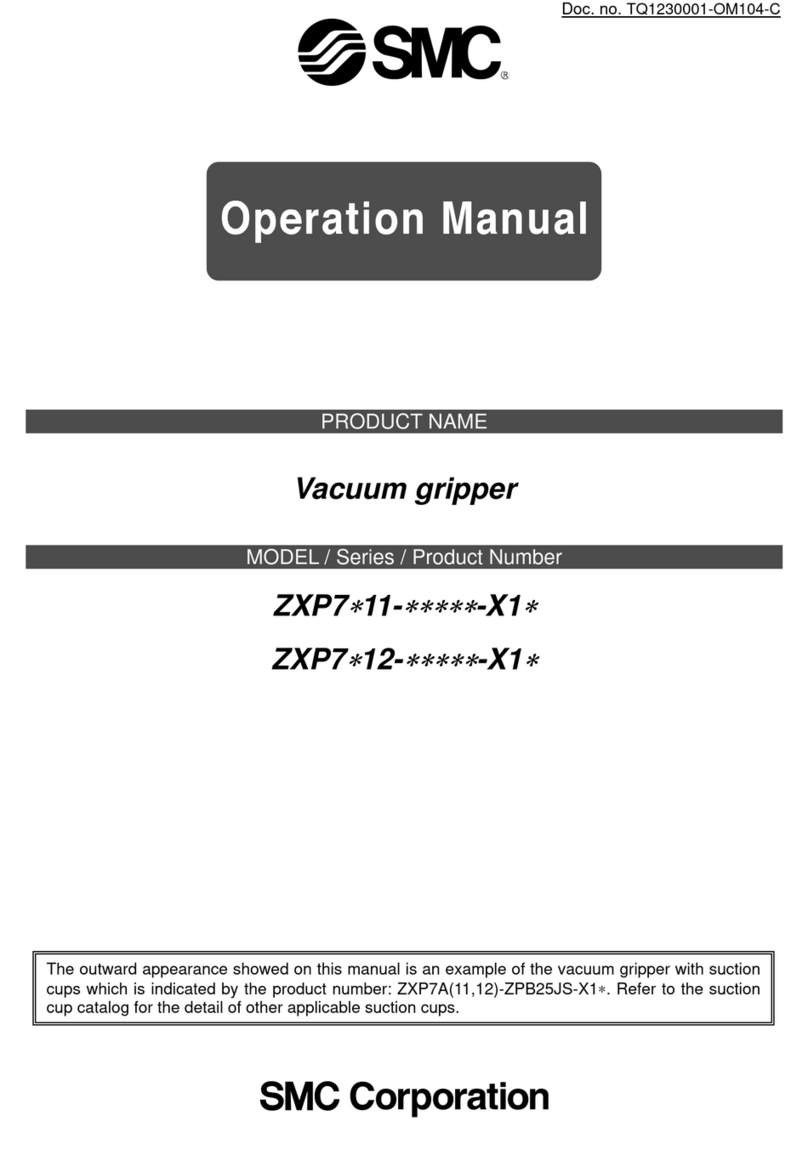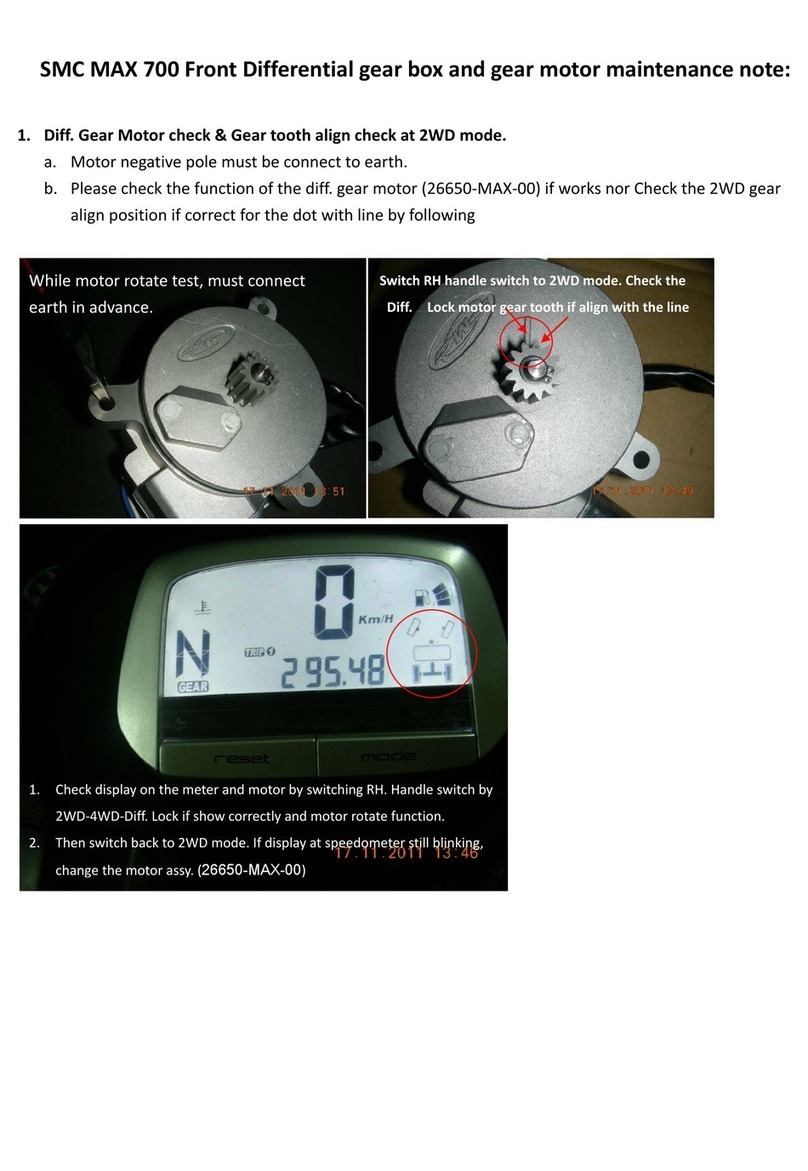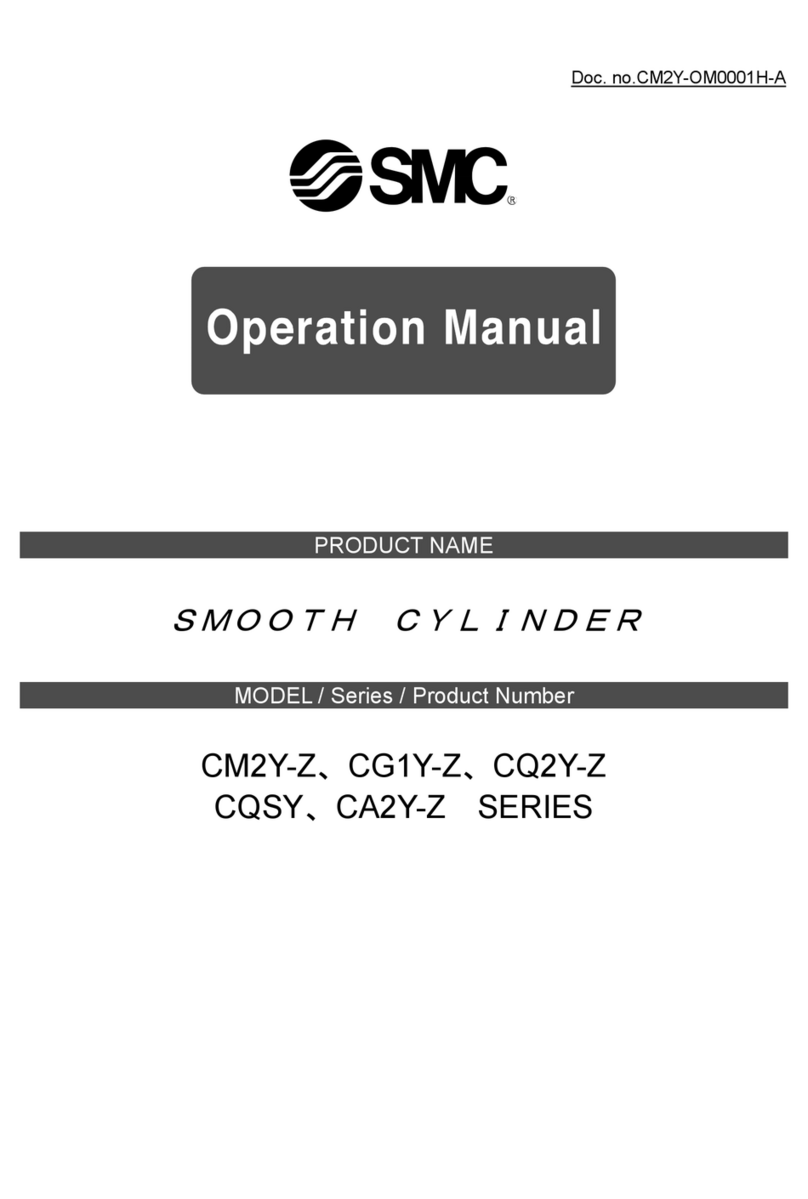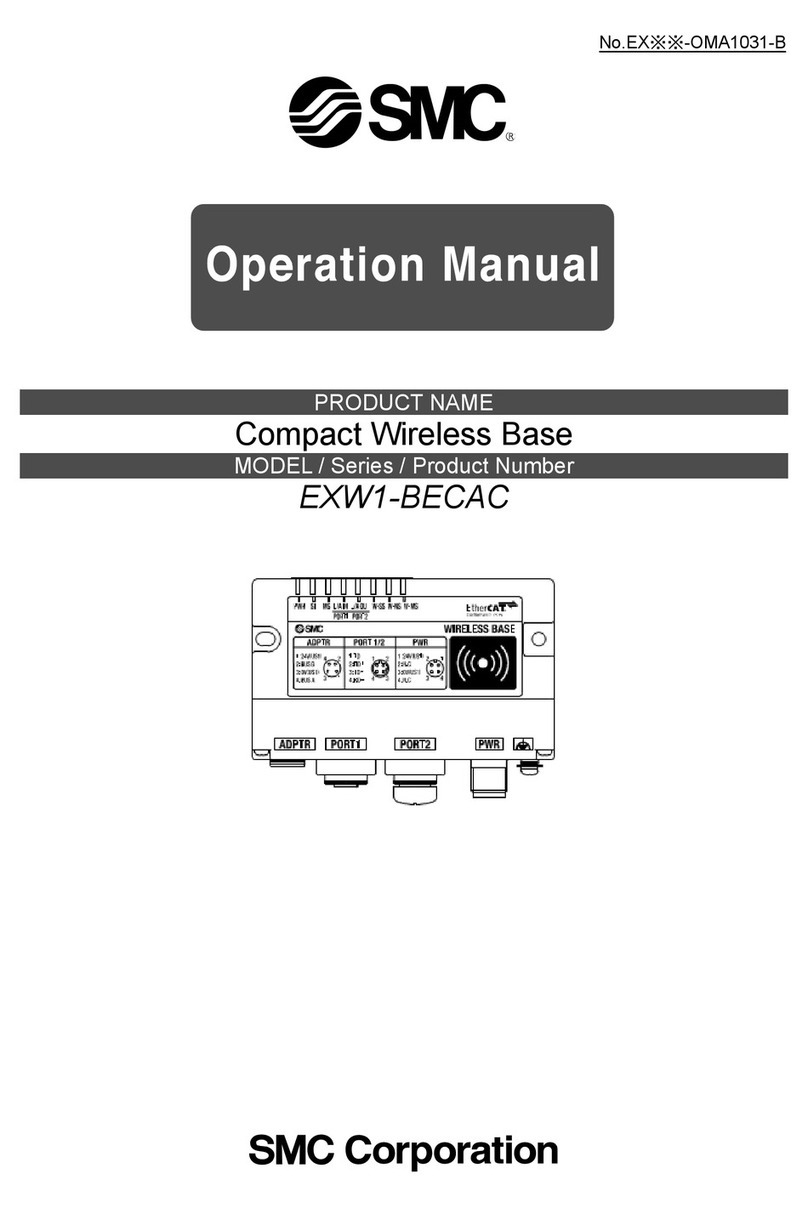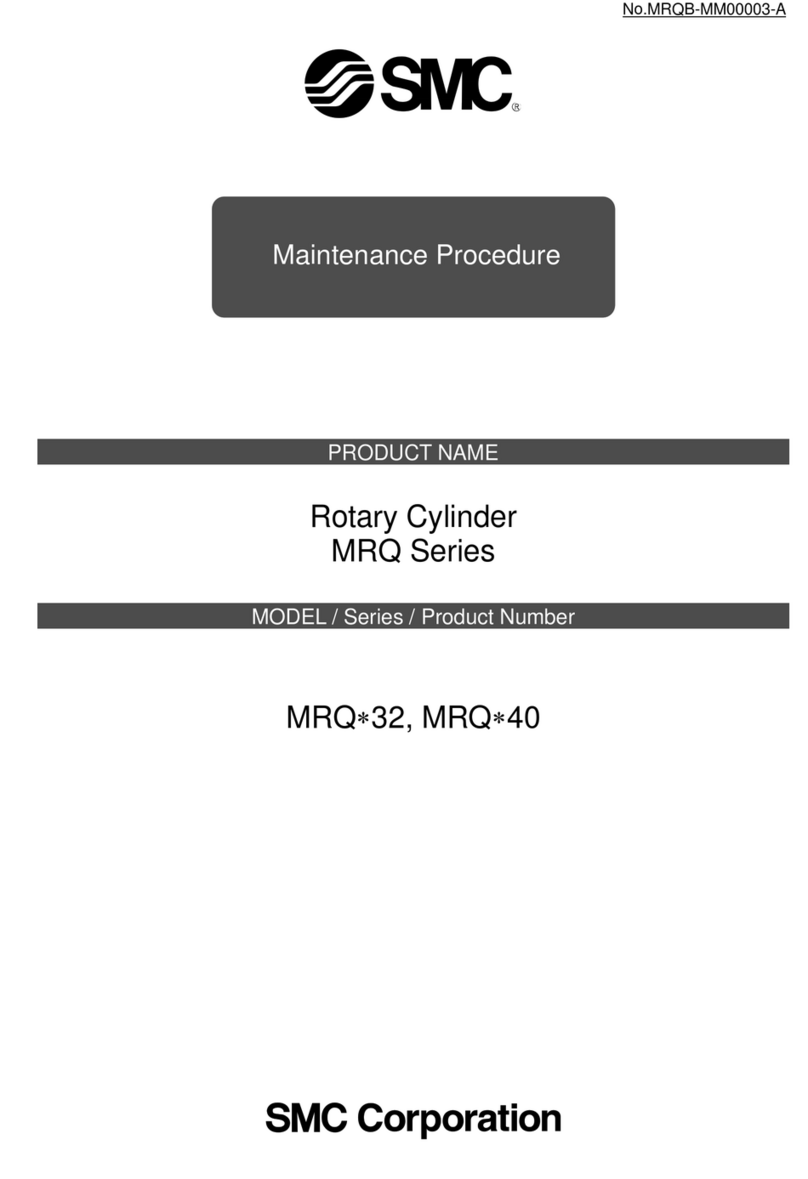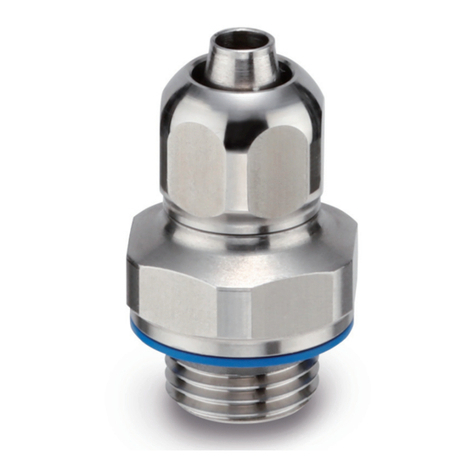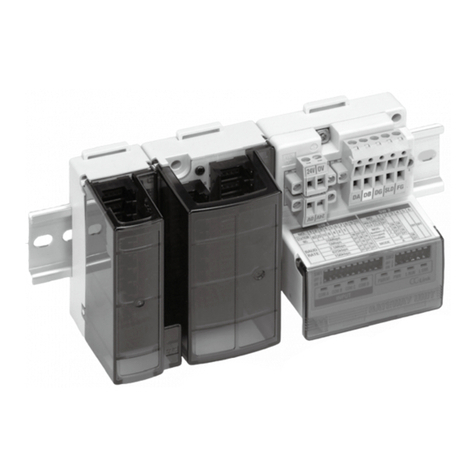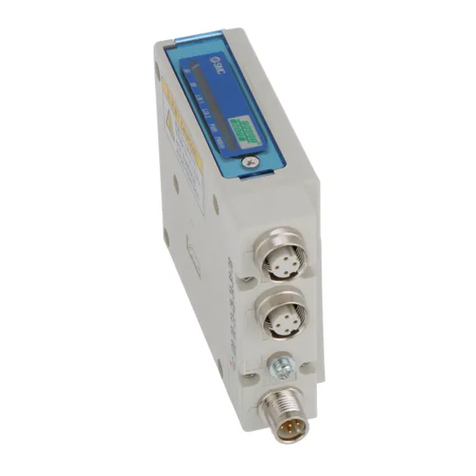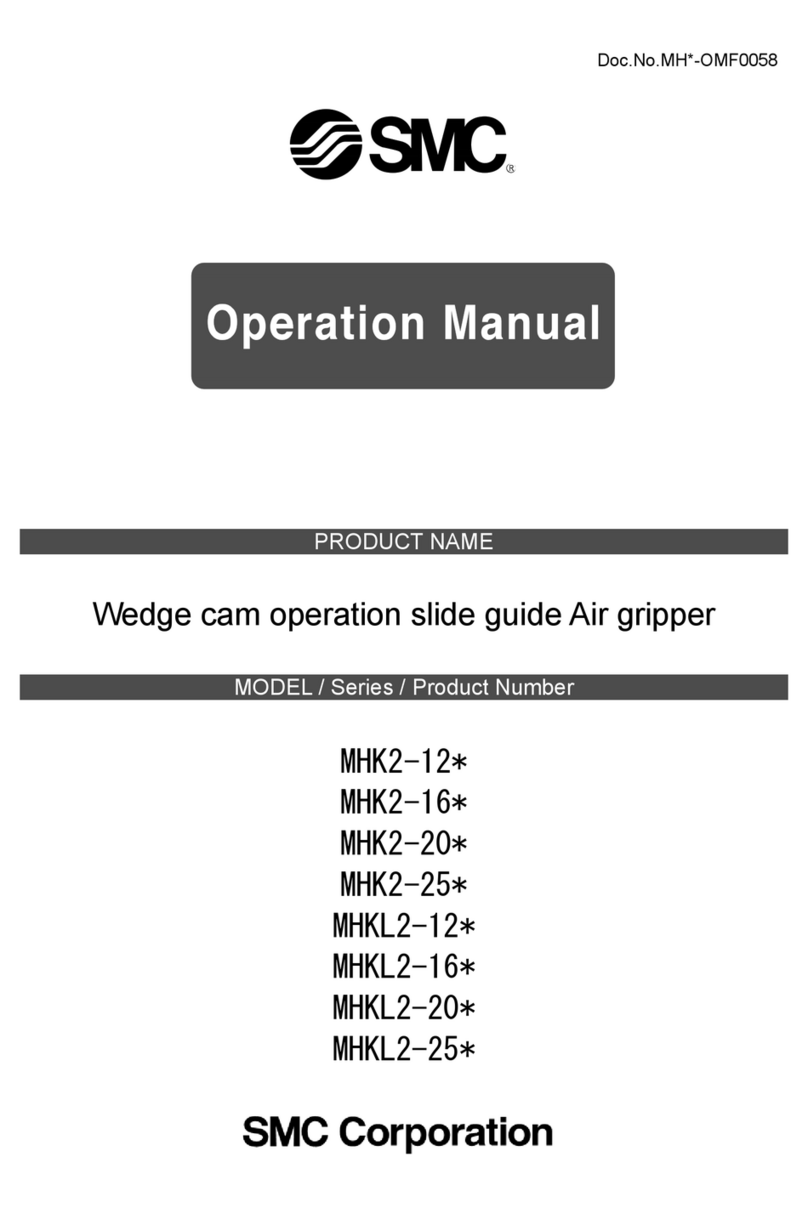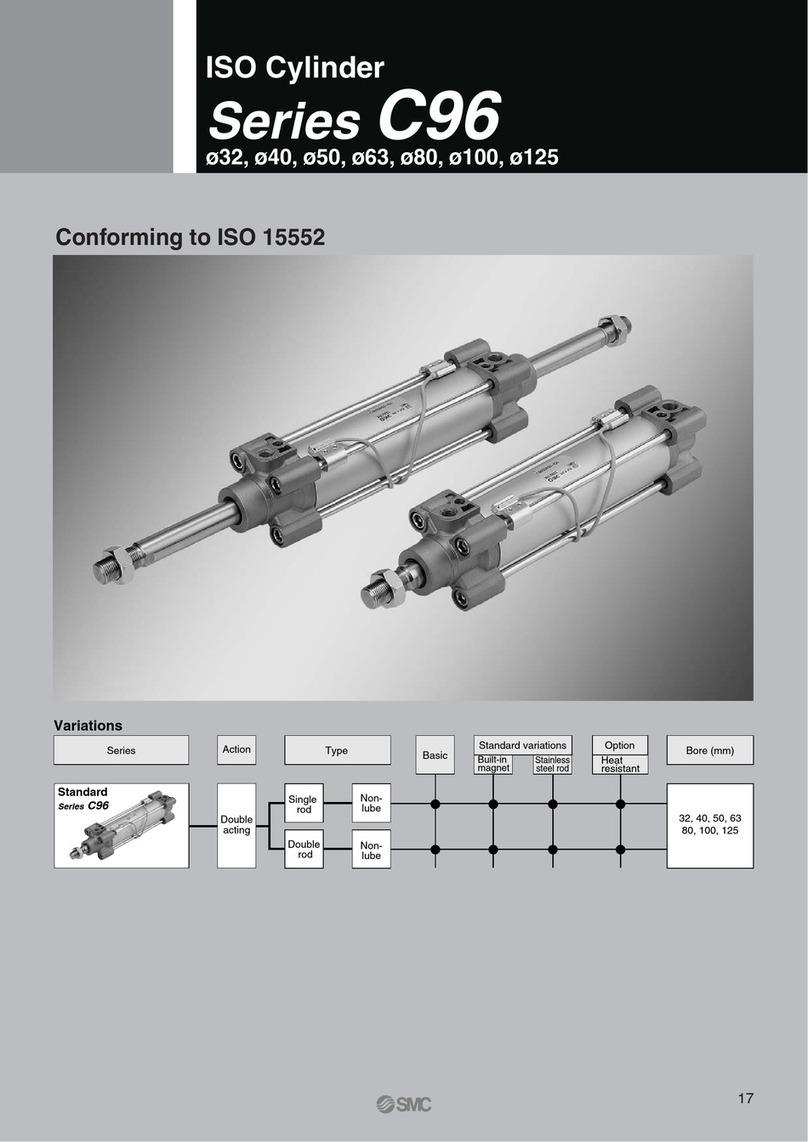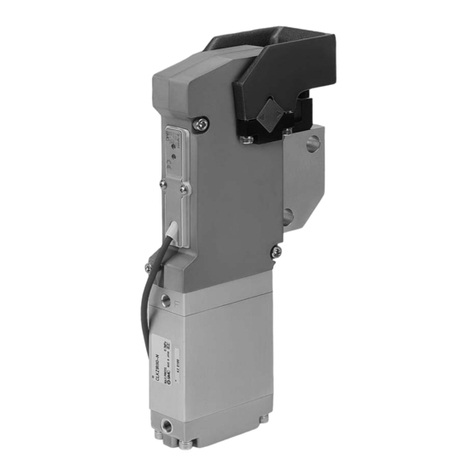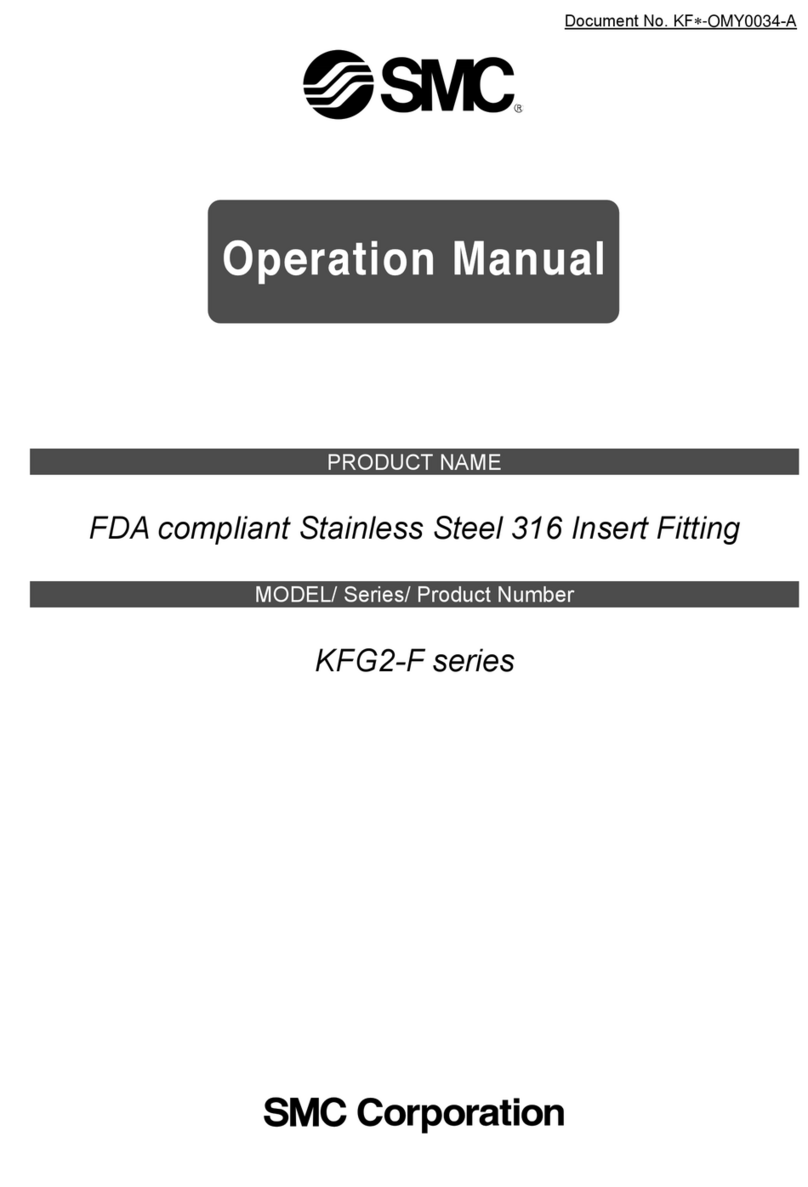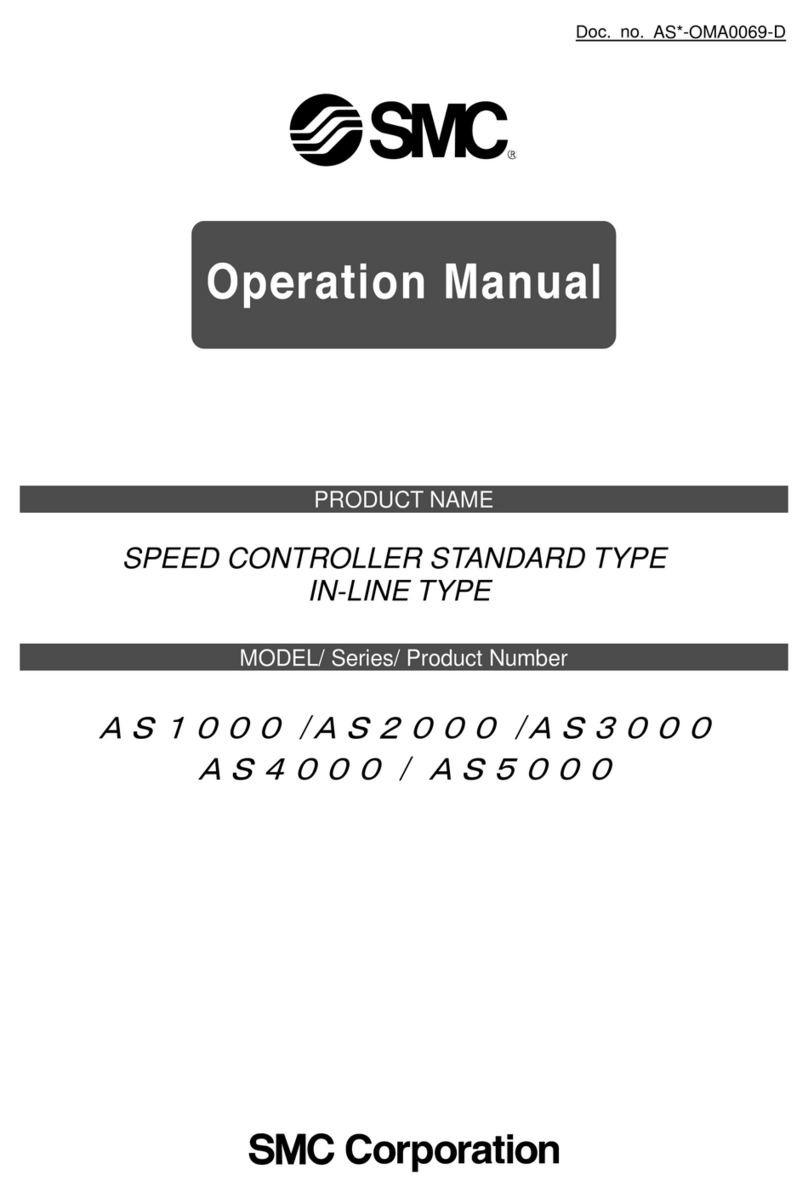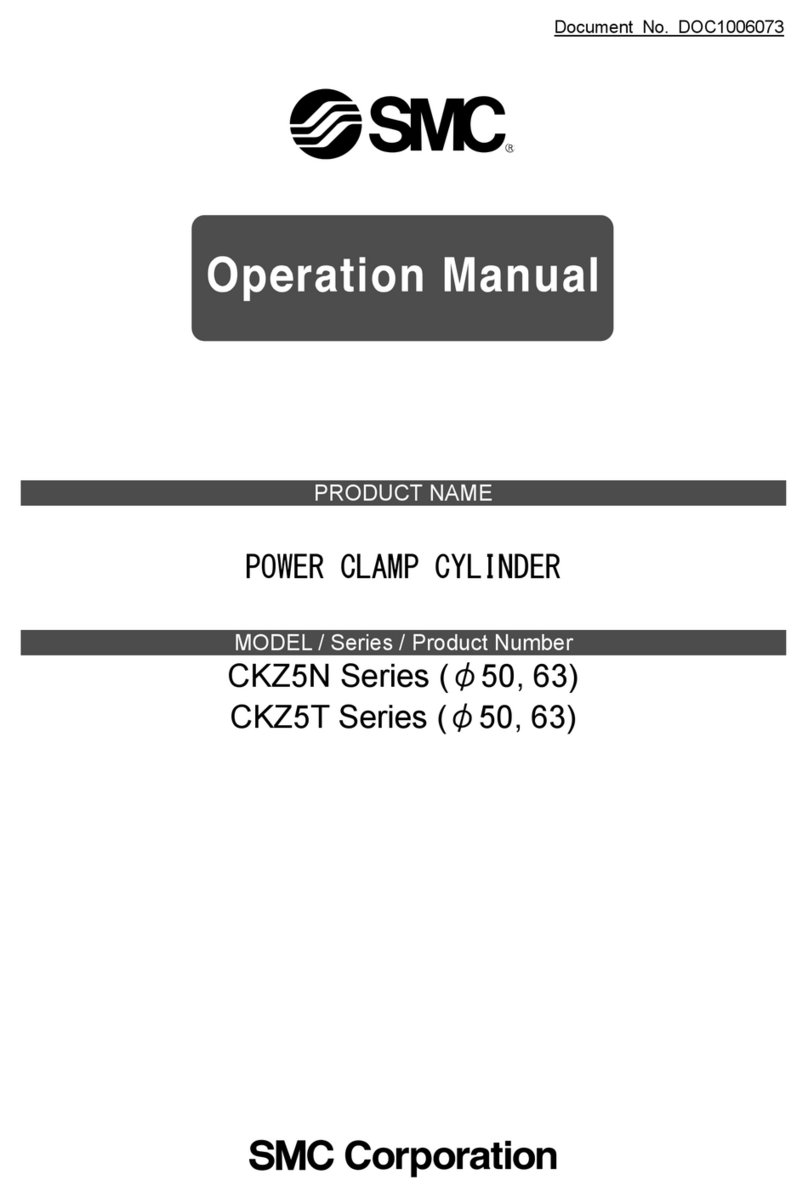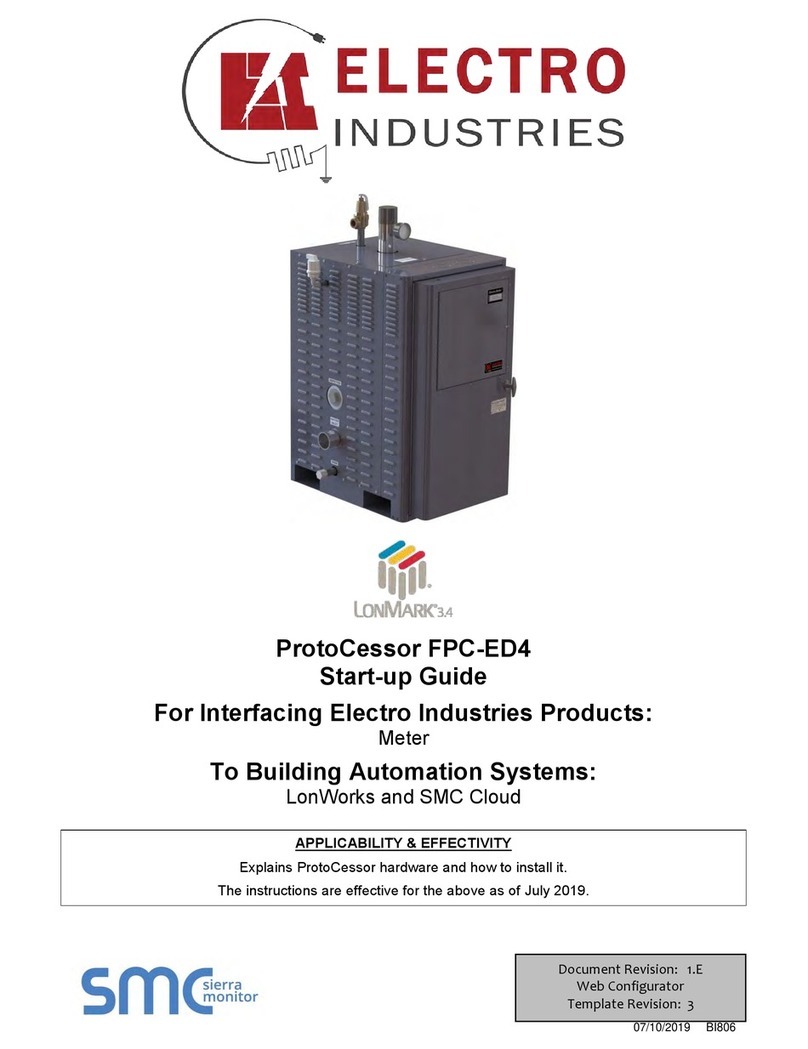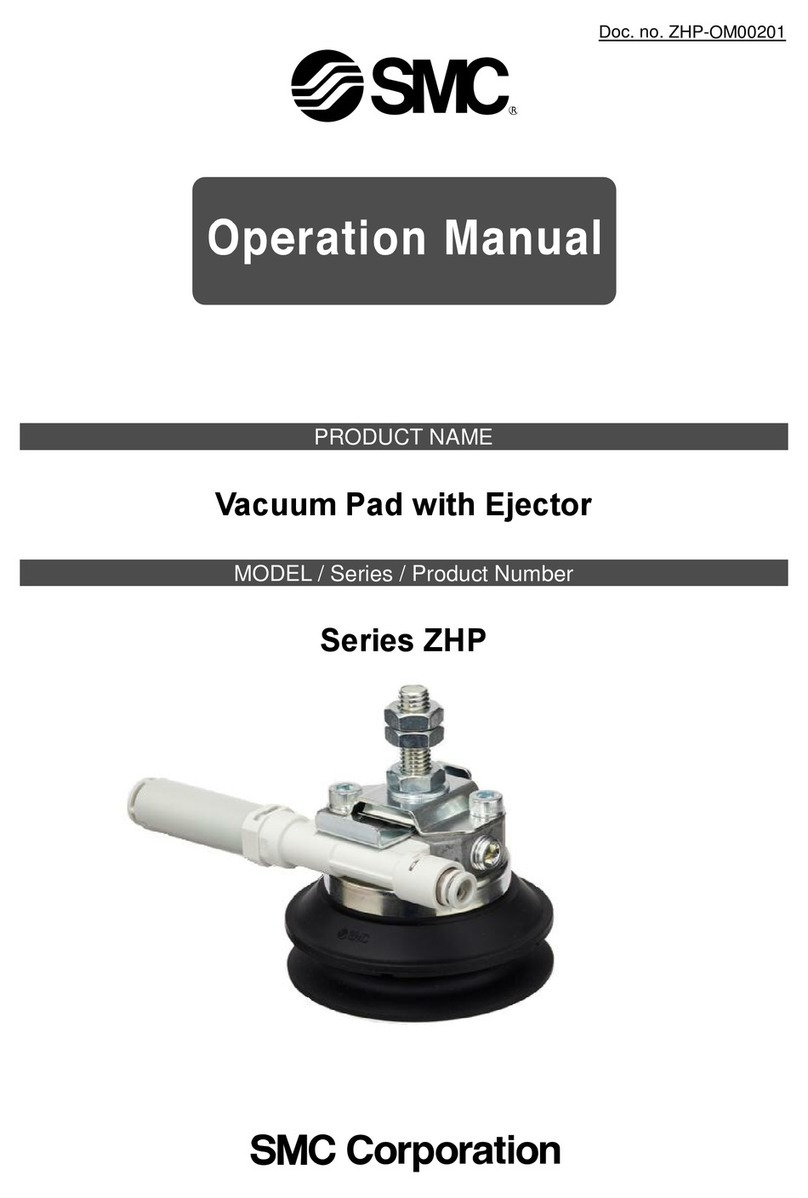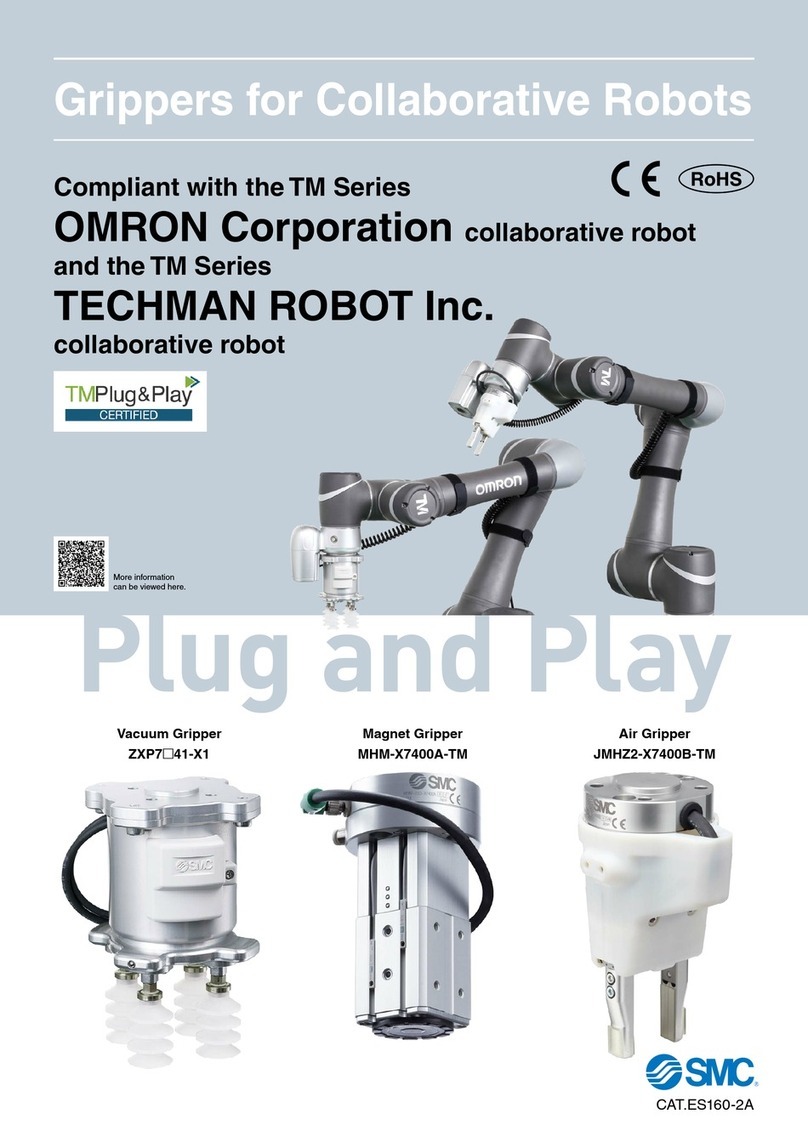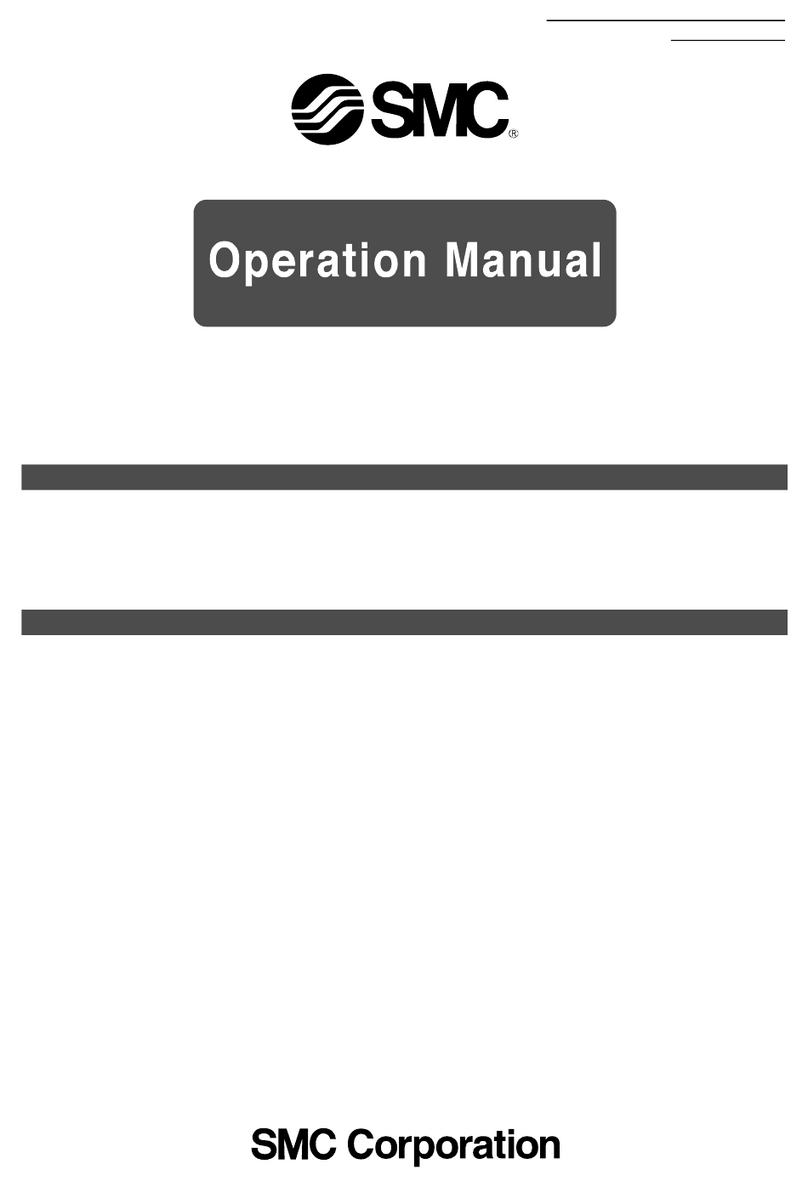1. The compatibility of the product is the responsibility of the person who designs the equipment
or decides its specifications.
Since the product specified here is used under various operating conditions, its compatibility with specific
equipment must be decided by the person who designs the equipment or decides its specifications based on
necessary analysis and test results. The expected performance and safety assurance of the equipment will
be the responsibility of the person who has determined its compatibility with the product. This person should
also continuously review all specifications of the product referring to its latest catalog information, with a view
to giving due consideration to any possibility of equipment failure when configuring the equipment.
2. Only personnel with appropriate training should operate machinery and equipment.
The product specified here may become unsafe if handled incorrectly. The assembly, operation and
maintenance of machines or equipment including our products must be performed by an operator who is
appropriately trained and experienced.
3. Do not service or attempt to remove product and machinery/equipment until safety is confirmed.
1. The inspection and maintenance of machinery/equipment should only be performed after measures to
prevent falling or runaway of the driven objects have been confirmed.
2. When the product is to be removed, confirm that the safety measures as mentioned above are
implemented and the power from any appropriate source is cut, and read and understand the specific
product precautions of all relevant products carefully.
3. Before machinery/equipment is restarted, take measures to prevent unexpected operation and malfunction.
4. Our products cannot be used beyond their specifications. Our products are not developed,
designed, and manufactured to be used under the following conditions or environments. Use
under such conditions or environments is not covered.
1. Conditions and environments outside of the given specifications, or use outdoors or in a place exposed to
direct sunlight.
2. Use for nuclear power, railways, aviation, space equipment, ships, vehicles, military application, equipment
affecting human life, body, and property, fuel equipment, entertainment equipment, emergency shut-off
circuits, press clutches, brake circuits, safety equipment, etc., and use for applications that do not conform
to standard specifications such as catalogs and operation manuals.
3. Use for interlock circuits, except for use with double interlock such as installing a mechanical protection
function in case of failure. Please periodically inspect the product to confirm that the product is operating
properly.

